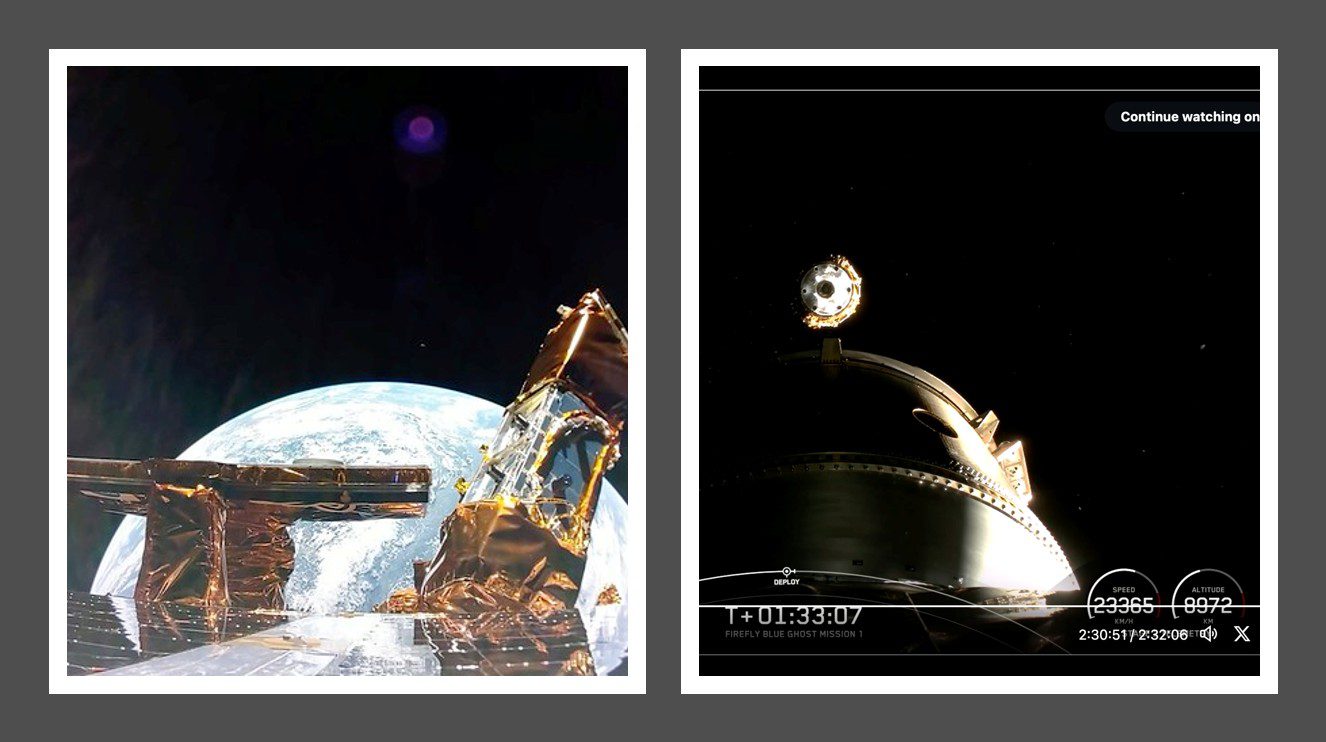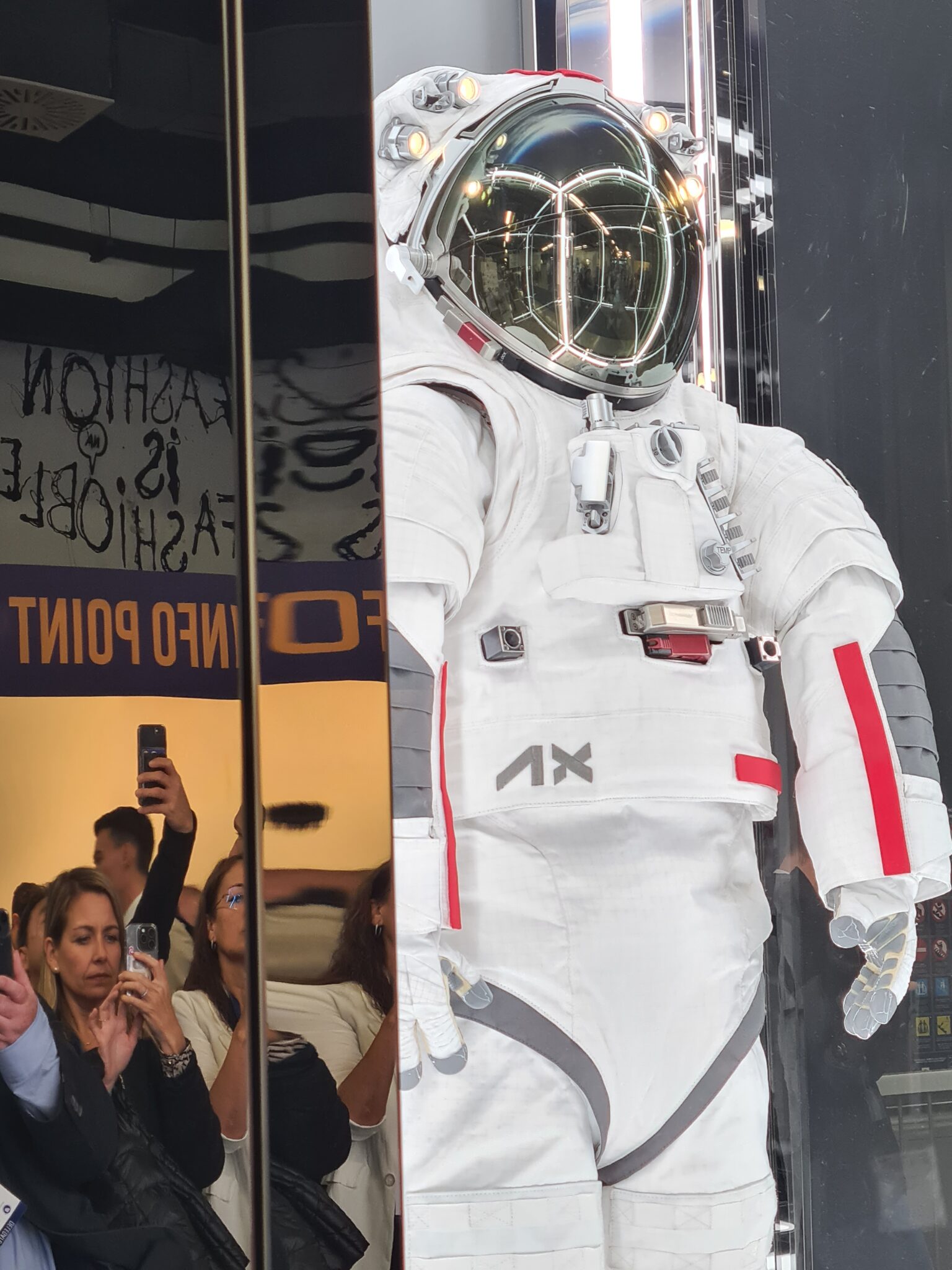Hyperbola is to address the Augustine panel final report in a series of posts in the coming weeks – as we’re not going to see any Obama spaceflight policy decision anytime soon – but to kick off this blogs analysis here are a few interesting words from spacedaily.com contributor Jeffrey Bell, over to you Jeff;
“Having read the whole report, my view is that it is strongly slanted towards the status quo and the real situation with the “Program of Record” is far worse than the Commission was prepared to admit publicly.
[T]he worst example of this is the manipulation of financial data. For instance, they always use the “GDP Deflator” as their inflation index for projecting program costs forward and backward in time. As I showed over two years ago this index grossly understates the real increase of space project costs over time. NASA calculates their own “NASA New Start Index” which is higher than the GDP deflator and even higher than the Consumer Price Index you see in the news.Specifically, from the peak of Apollo funding in FY65 to FY09, NASA project costs increased by a factor of 8.1 while the Commission’s inflation rate predicts an increase of only 5.2. Thus, the equivalent FY09 dollar costs of past programs shown in Figure 1-3 are far too low. Apollo actually inflates to a current cost of ~$200B, not ~$130B as shown in the table.
This error affects all the historical graphs on p. 21-22.
On p.82 we find another example of financial deception in the elaborate description of how the Aerospace Corp. cost models and the corresponding “sand charts” were constructed. An average cost overrun of 51% is assumed for all programs (starting at the beginning of Phase B). This is derived from an analysis of 77 past NASA programs. But most of these programs were unmanned spacecraft or non-space related. The actual historical cost growth for manned space projects is about 100%.”
An interesting comment from Jeff, and one that has a lot of relevance for the commercial crew competition that is being proposed at a cost to NASA of $5 billion by the human spaceflight review committee. While Jeff sees a slanting in this use of such figures to favour the status quo these same assumptions are being used to evaluate a space taxi otion, as the report likes to refer to commercial human transportation
This $5 billion proposal sees commercial crew delivering a service in 2016 with a FY2011 start. But how much matching private funds would have to be provided, 100% or 51%?







